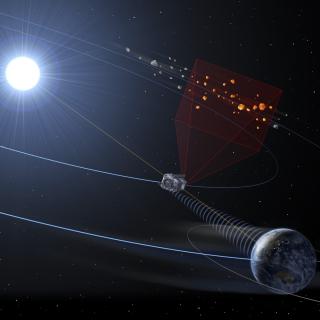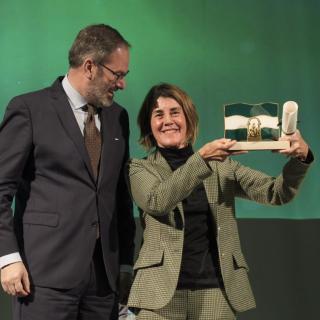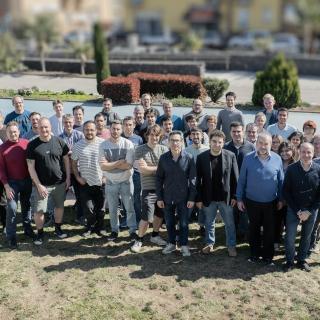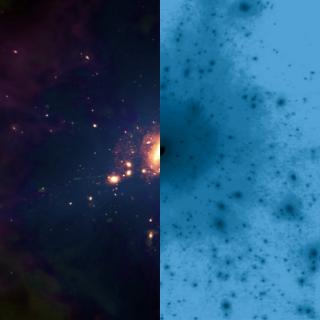
This exhibition is a journey through the life of the La Laguna aristocrat Clemencia Hardisson, who, among other contributions, gave the land on which the IAC Headquarters and the Museum of Science and the Cosmos, are currently erected, among other purpose-built buildings, public and private. The exhibition will be open in the Multipurpose room of the IACTEC building, in the morning and afternoon, and admission will be open to the public, free of charge.




